Understanding skateboard truck anatomy
Before we dive into the details of skateboard truck customization, let's take a closer look at their anatomy. Skateboard trucks consist of several parts, including the hanger, axle, baseplate, kingpin, and bushings. The hanger is the T-shaped component that holds the axle and wheels, while the axle is the metal rod that runs through the hanger and holds the wheels in place. The baseplate is the flat metal piece that attaches the truck to the deck, and the kingpin is the bolt that holds the truck together. Finally, the bushings are the small rubber or urethane pieces that sit between the hanger and the baseplate and provide cushioning and stability.
Importance of skateboard truck customization
Skateboard truck customization is essential for several reasons. Firstly, it allows you to create a setup that suits your riding style and preferences. Skateboard trucks come in different sizes, heights, and shapes, and choosing the right ones can make a massive difference in how you ride. Secondly, customizing your skateboard trucks can improve your performance and make your riding experience more comfortable. By selecting the right truck width, height, and bushings, you can achieve a smoother ride, better stability, and more precise turns. Finally, skateboard truck customization is crucial for safety. Choosing the wrong trucks or failing to maintain them can result in accidents, injuries, or damage to your board.
Choosing the right skateboard truck width
Skateboard truck width refers to the distance between the hangers, and it's measured in inches. The width of your skateboard trucks should match the width of your deck, or be slightly narrower or wider. Choosing the right truck width is essential for stability, balance, and turning ability. If your trucks are too narrow, you'll have less stability and balance, and your board may wobble or tilt. If your trucks are too wide, you'll have more stability and balance, but less turning ability. The ideal truck width depends on your riding style, body type, and personal preferences.
When choosing skateboard truck width, consider the following factors:
- Deck width: The width of your skateboard trucks should match the width of your deck, or be slightly narrower or wider. Most skateboard decks range from 7.5 to 8.5 inches wide, and the corresponding truck widths are 7.5 to 8.5 inches. - Riding style: Different riding styles require different truck widths. If you're a street skater who performs tricks and grinds, you'll need narrower trucks for better maneuverability. If you're a vert skater who rides ramps and bowls, you'll need wider trucks for more stability and speed. - Body type: Your body type can also affect your truck width. If you're a smaller skater, you may prefer narrower trucks for better control. If you're a larger skater, you may prefer wider trucks for more stability. - Personal preferences: Ultimately, the ideal truck width depends on your personal preferences. Some skaters prefer narrower trucks for a more responsive ride, while others prefer wider trucks for a smoother ride.
Selecting the appropriate skateboard truck height
Skateboard truck height refers to the distance between the baseplate and the hanger, and it's measured in millimeters. The height of your skateboard trucks can affect your board's turning ability, stability, and clearance. Lower trucks offer better stability and clearance, but less turning ability, while higher trucks offer more turning ability, but less stability and clearance. The ideal truck height depends on your riding style, body type, and personal preferences.
When choosing skateboard truck height, consider the following factors:
- Riding style: Different riding styles require different truck heights. If you're a street skater who performs tricks and grinds, you'll need lower trucks for better stability and clearance. If you're a vert skater who rides ramps and bowls, you'll need higher trucks for more turning ability. - Body type: Your body type can also affect your truck height. If you're a smaller skater, you may prefer lower trucks for better stability and control. If you're a larger skater, you may prefer higher trucks for more turning ability and clearance. - Wheel size: Your wheel size can also affect your truck height. If you're using larger wheels, you may need higher trucks to prevent wheel bite. If you're using smaller wheels, you may prefer lower trucks for a more stable ride. - Personal preferences: Ultimately, the ideal truck height depends on your personal preferences. Some skaters prefer lower trucks for better stability, while others prefer higher trucks for more turning ability.
Different types of skateboard truck bushings
Skateboard truck bushings are small rubber or urethane pieces that sit between the hanger and the baseplate, providing cushioning and stability. Bushings come in different shapes, sizes, and durometers, which can affect your board's turning ability, stability, and responsiveness. Choosing the right bushings is crucial for achieving the perfect setup that suits your riding style and preferences.
The most common types of skateboard truck bushings are:
- Standard bushings: These are the most basic type of bushings, and they come with most skateboard trucks. Standard bushings are made of soft urethane and provide a smooth and comfortable ride. However, they may not be suitable for advanced riders who require more stability and responsiveness. - Hard bushings: These are stiffer and more durable than standard bushings, and they're suitable for riders who require more stability and responsiveness. Hard bushings are ideal for advanced skaters who perform tricks and grinds, as they provide more precise turning ability and less wobble. - Soft bushings: These are softer and more flexible than standard bushings, and they provide a smoother and more comfortable ride. Soft bushings are ideal for beginners or casual skaters who prefer a more relaxed and forgiving ride. However, they may not be suitable for advanced riders who require more stability and responsiveness. - Cone bushings: These are cone-shaped bushings that provide more turning ability and less stability. Cone bushings are ideal for riders who perform tricks and grinds, as they allow for more precise turning and carving. - Barrel bushings: These are barrel-shaped bushings that provide more stability and less turning ability. Barrel bushings are ideal for riders who ride ramps and bowls, as they provide more speed and control.
How to choose the right skateboard truck bushings
Choosing the right skateboard truck bushings depends on several factors, including your riding style, body type, and personal preferences. Here are some tips for selecting the right bushings:
- Riding style: Different riding styles require different bushings. If you're a street skater who performs tricks and grinds, you'll need harder bushings for more stability and responsiveness. If you're a vert skater who rides ramps and bowls, you'll need softer bushings for a smoother ride. - Body type: Your body type can also affect your bushing selection. If you're a smaller skater, you may prefer softer bushings for better control. If you're a larger skater, you may prefer harder bushings for more stability. - Durometer: Bushings come in different durometers, which measure their hardness. The higher the durometer, the harder the bushings. Durometers range from 78A (soft) to 100A (hard). Most skateboarders prefer bushings in the range of 85A to 95A, but the ideal durometer depends on your riding style and preferences. - Combination: You can also customize your bushings by using different combinations of shapes, sizes, and durometers. For example, you can use a harder bushing on the bottom and a softer bushing on the top for more stability and turning ability.
Skateboard truck maintenance and care
Skateboard truck maintenance and care are crucial for maintaining the performance and longevity of your board. Here are some tips for keeping your skateboard trucks in top condition:
- Tighten and loosen the kingpin nut: The kingpin nut holds the truck together, and you can adjust its tightness to control your turning ability. Tightening the nut will make your board turn less, while loosening it will make your board turn more. Make sure the nut is tight enough to prevent the truck from wobbling, but not too tight to restrict your turning ability. - Check the bushings: Bushings can wear out over time, and you should check them regularly for cracks or deformities. Replace them if necessary to maintain the stability and responsiveness of your board. - Clean and lubricate the bearings: The bearings allow your wheels to spin freely, and you should clean and lubricate them regularly to prevent dirt and dust buildup. Use a bearing cleaner and lubricant to keep your bearings in top condition. - Check the hardware: The bolts and nuts that hold your trucks to the deck can loosen over time, and you should check them regularly to prevent your trucks from falling off. Use a skate tool to tighten them if necessary. - Avoid water and moisture: Water and moisture can damage your trucks and bearings, so avoid skating in wet conditions or storing your board in damp places.
Common mistakes to avoid when customizing skateboard trucks
Customizing your skateboard trucks can be a fun and rewarding experience, but it's essential to avoid some common mistakes that can affect your performance and safety. Here are some mistakes to avoid:
- Choosing the wrong truck width or height: Make sure you select the right truck width and height that match your deck, riding style, body type, and preferences. Choosing the wrong size can affect your stability, turning ability, and clearance.
- Using mismatched bushings: Make sure you use bushings that match your riding style and preferences. Using mismatched or worn-out bushings can affect your stability, responsiveness, and comfort.
- Over-tightening or under-tightening the kingpin nut: Make sure you adjust the kingpin nut to the right tightness that provides the perfect balance between stability and turning ability.
- Neglecting truck maintenance and care: Make sure you check your trucks, bushings, bearings, and hardware regularly and maintain them properly to prevent accidents, injuries, or damage to your board.
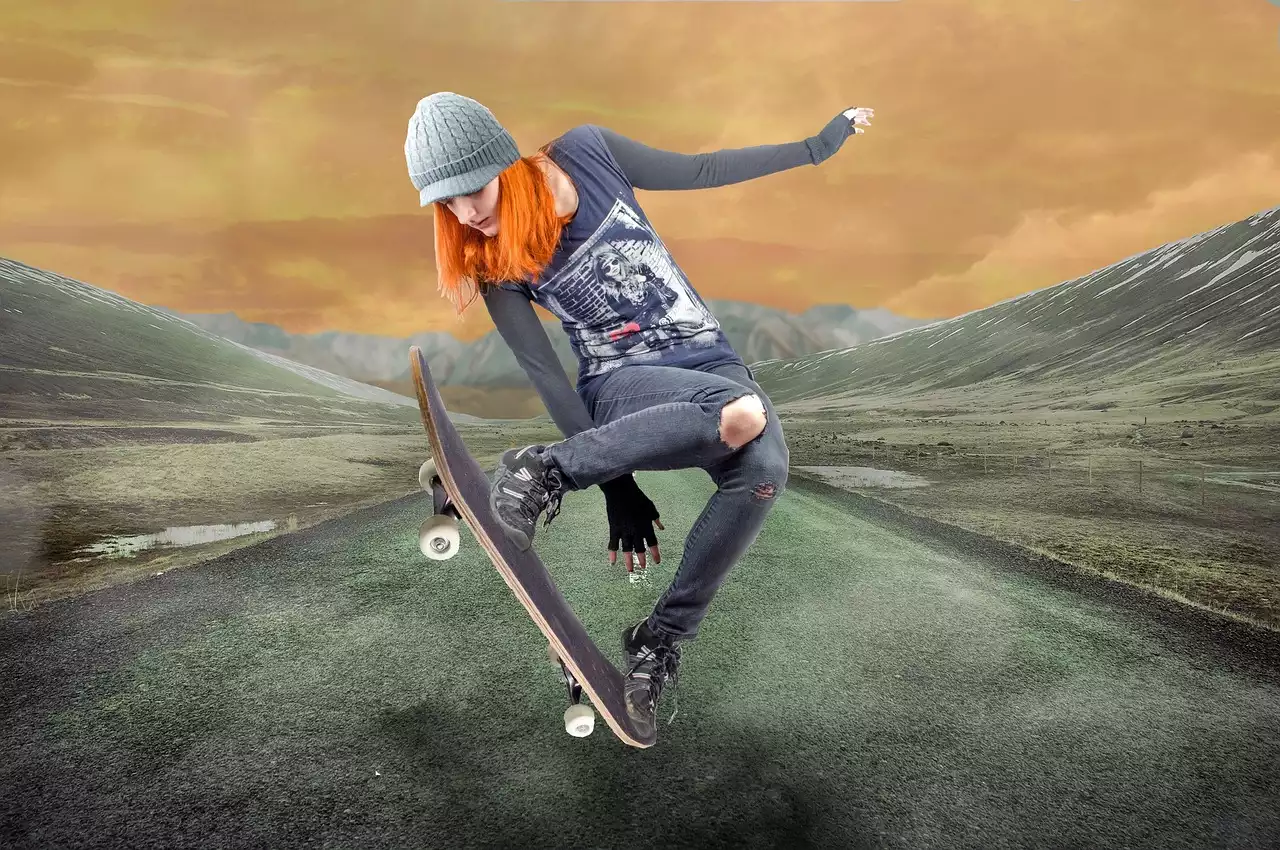
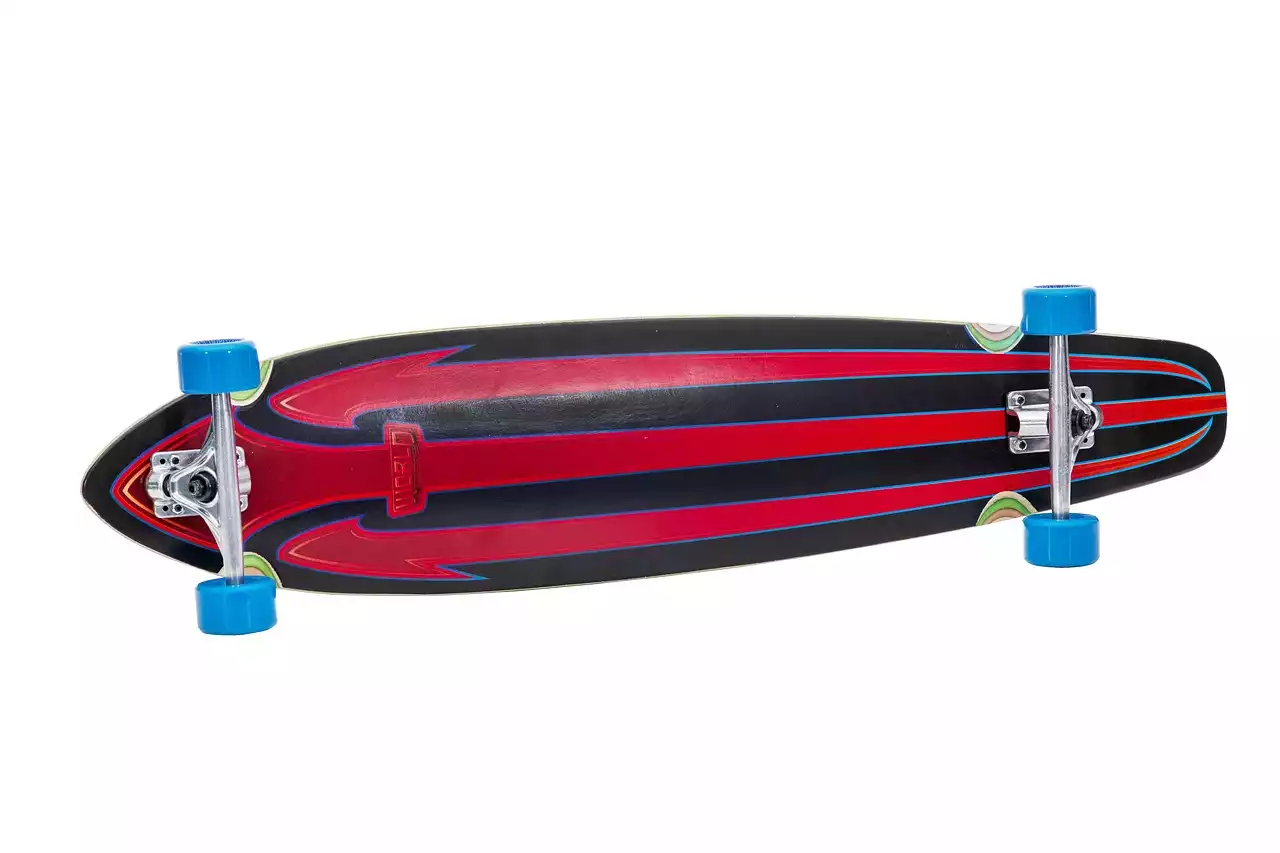
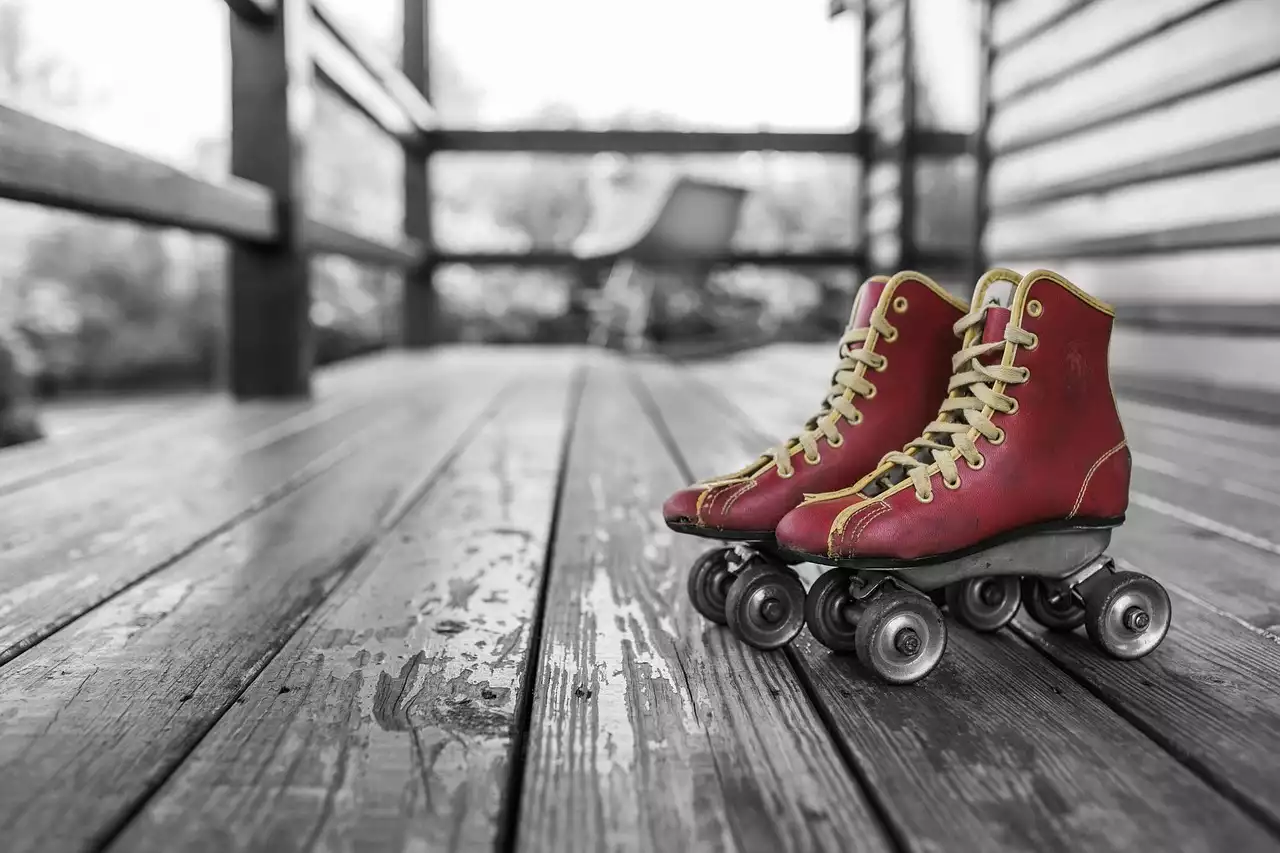
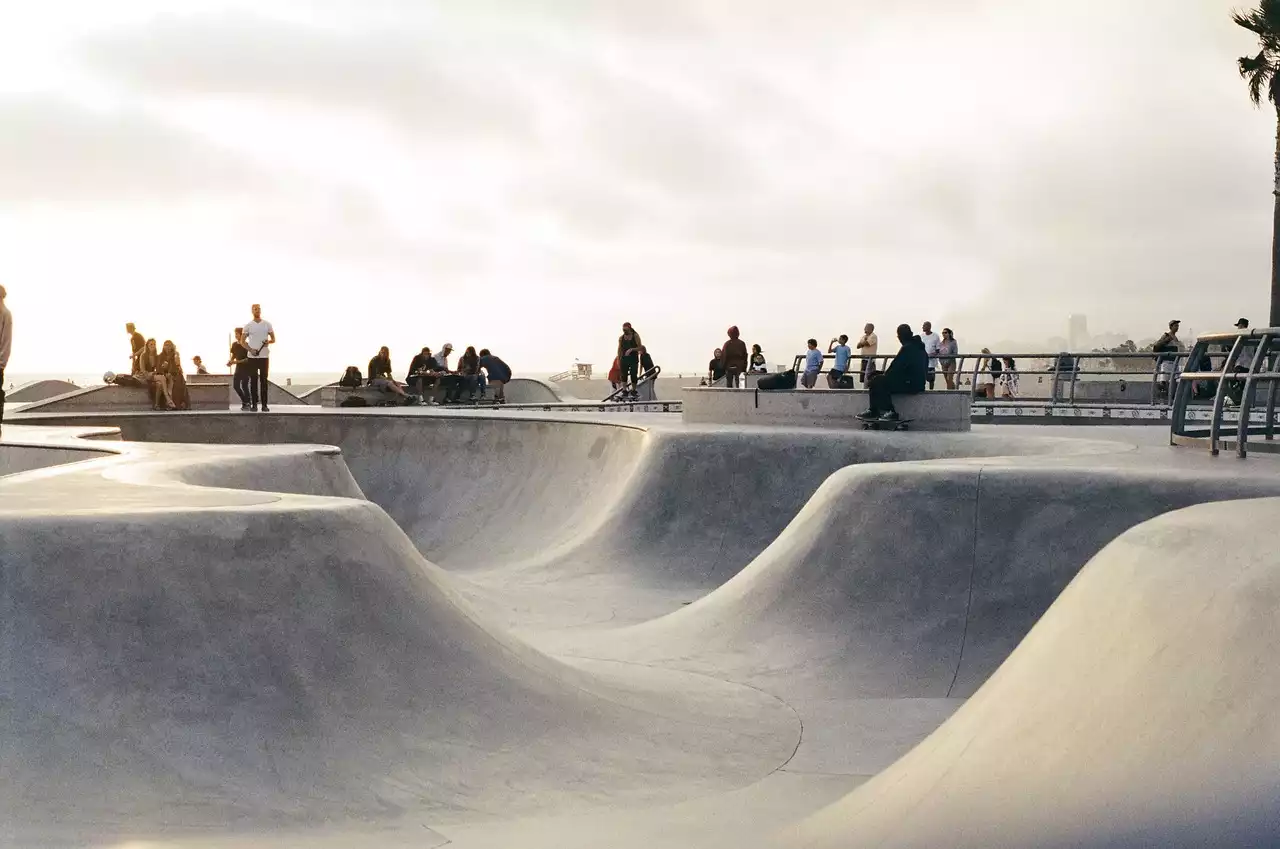
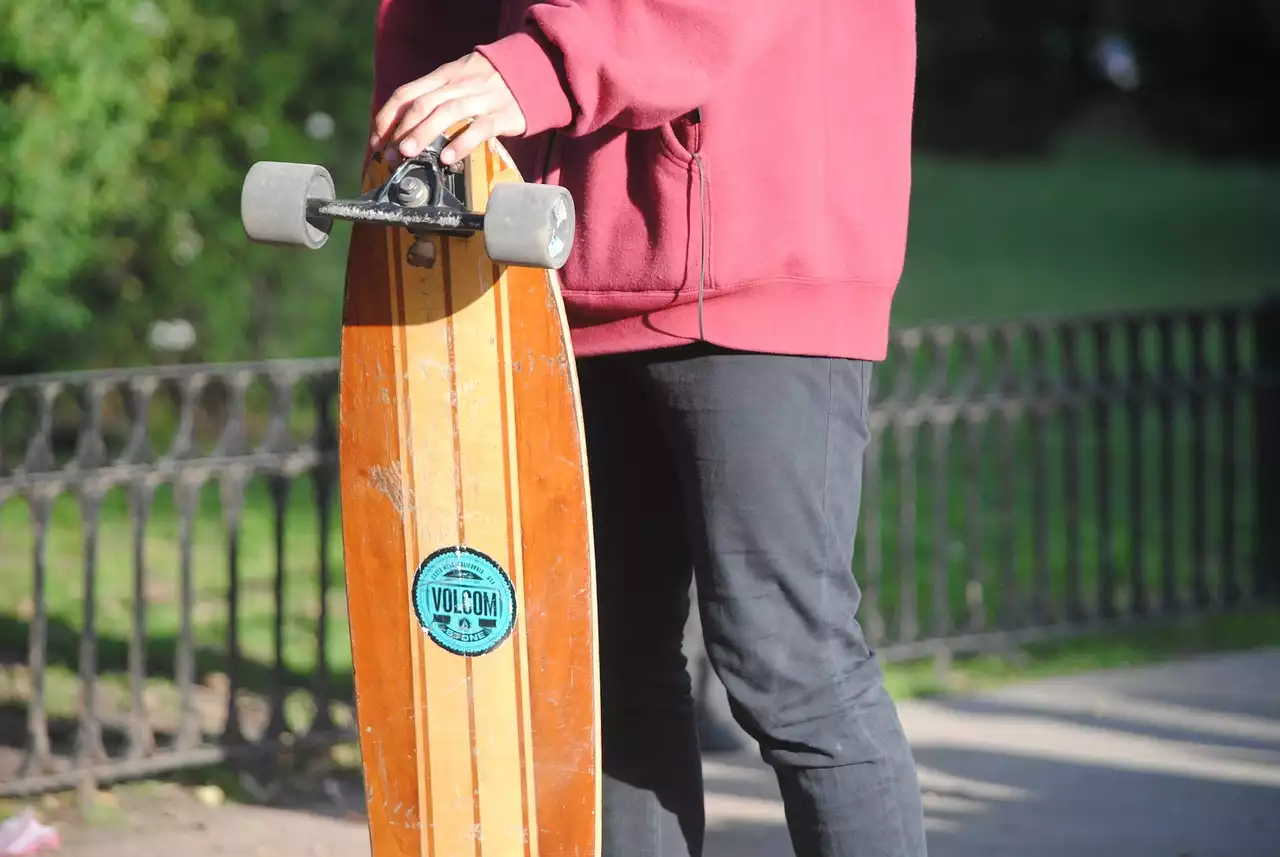




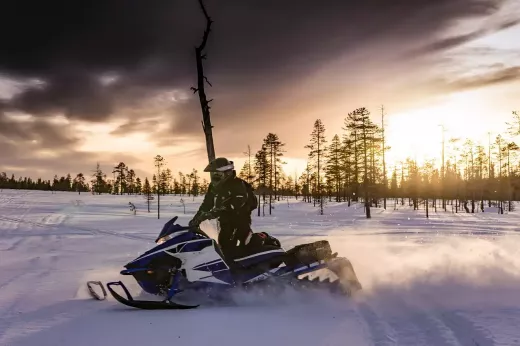
.png?size=50)